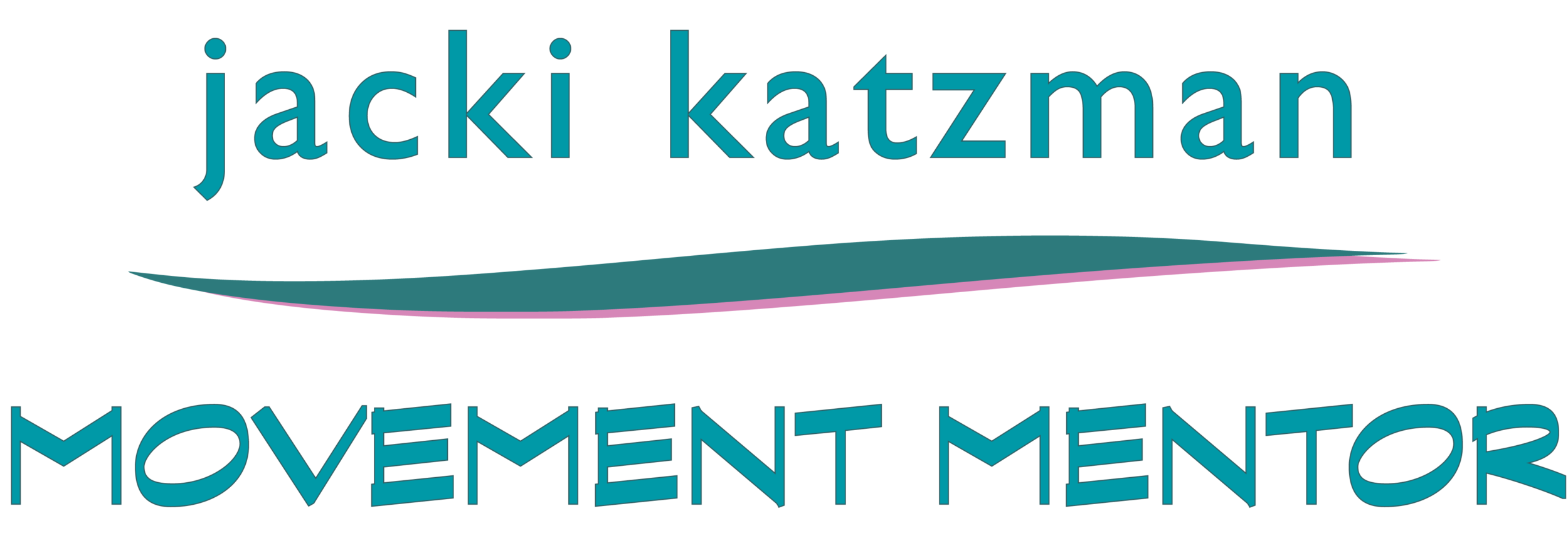New Motor Cortex Map Shows "Whole Body Integration" Areas
The Femunculus is a visual model of the motor cortex “real estate” dedicated to managing movement. Big hands, big tongue and vulva say a lot about being human.
Femunculus sculpted by Haven Wright. photo: Preston Foerder.
New Motor Cortex Map Shows "whole body Integration" Areas
Science Catching Up with Dr. Moshe Feldenkrais
Integration Shown to Be Central to Movement
The motor femunculus is a funny-looking model of the human body. She has giant hands, delicate toes and a huge, lolling tongue. Her body parts and proportions reflect decades-old experiments that mapped brain areas to the body parts they control.
She was last updated in 2015, when the location of the area controlling the neck was moved to the area above the shoulder. But, in general, she hasn’t changed significantly.
Until now.
A new map published in the April 19, 2023 issue of Science News shows that, in addition to having regions devoted to specific body parts, three newfound areas control integrative, whole-body actions.
In 2015, the motor cortex map, the humuculus (or femunculus) was updated to change the location of the muscles controlling the neck.
These newly identified areas, fully described in “A somato-cognitive action network alternates with effector regions in motor cortex”, 19 April 2023 issue of Nature, are significant. For the first time, the motor cortex map includes areas that coordinate movements for breathing, speech, action planning, and tool use. It provides a physiological basis for the ‘mind-body’ connection.
As Moshe Feldenkrais taught, we are not just parts. We are a whole. Awareness Through Movement® lessons are based on this knowledge. Once again, science catches up with Dr. Moshe Feldenkrais.
For the science nerdiest of us all, here is the Nature article text explaining the relevance of this discovery:
A network for mind-body integration
“Two behavioural control systems are interleaved in human M1. One well-known system consists of effector-specific circuits for precise, isolated movements of highly specialized appendages—fingers, toes and tongue—the type of dexterous motion needed for speaking or manipulating objects.
A second, integrative output system, the SCAN, is more important for controlling the organism as a whole. The SCAN integrates body control (motor and autonomic) and action planning, consistent with the idea that aspects of higher-level executive control might derive from movement coordination67. The SCAN includes specific regions of M1, SMA, thalamus (VIM and CM), posterior putamen and the postural cerebellum, and is functionally connected to dACC regions linked to free will, parietal regions representing movement intentions, and insular regions for processing somatosensory, pain and interoceptive visceral signals.
The apparent relative expansion of SCAN regions in humans could suggest a role in complex actions specific to humans, such as coordinating breathing for speech, and integrating hand, body and eye movement for tool use.
A common factor across this wide range of processes is that they must be integrated if an organism is to achieve its goals through movement while avoiding injury and maintaining physiological allostasis. The SCAN provides a substrate for this integration, enabling pre-action anticipatory postural, breathing, cardiovascular and arousal changes (such as shoulder tension, increased heart rate or ‘butterflies in the stomach’). The finding that action and body control are melded in a common circuit could help explain why mind and body states so often interact.”



